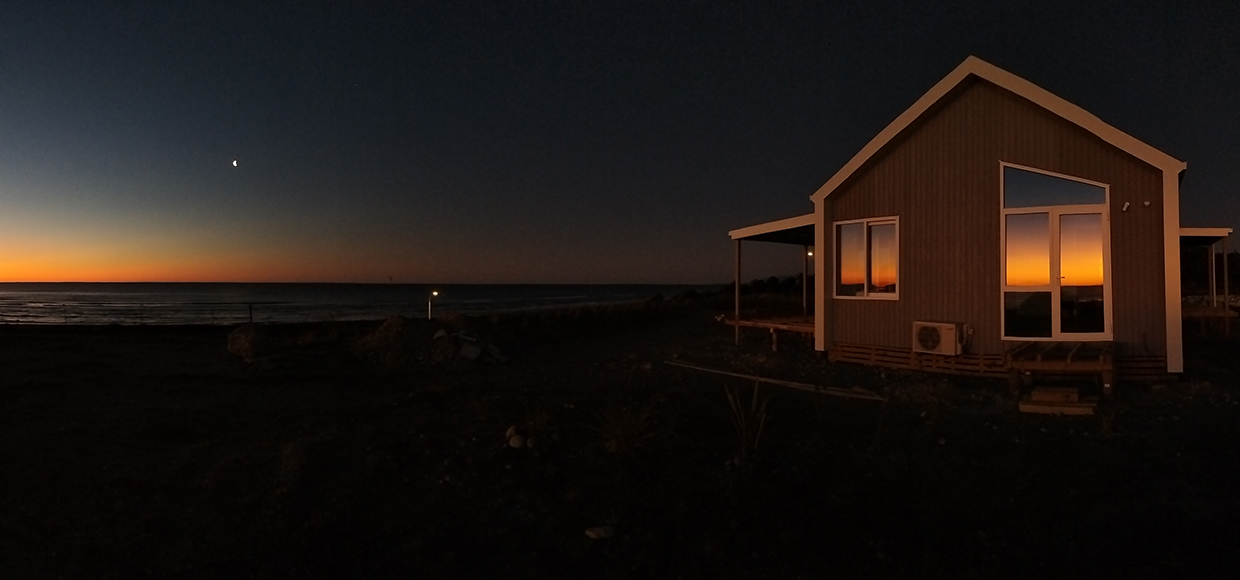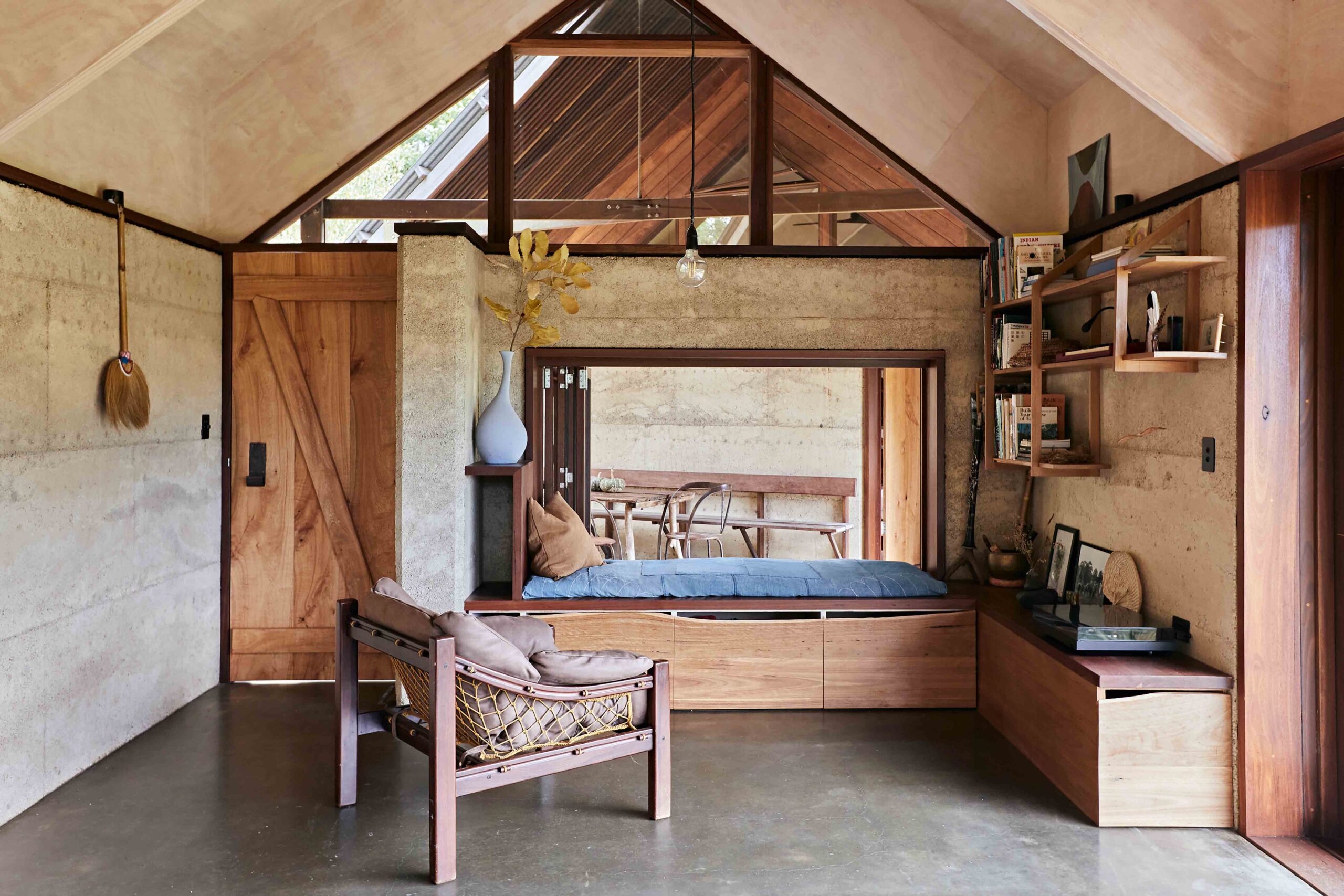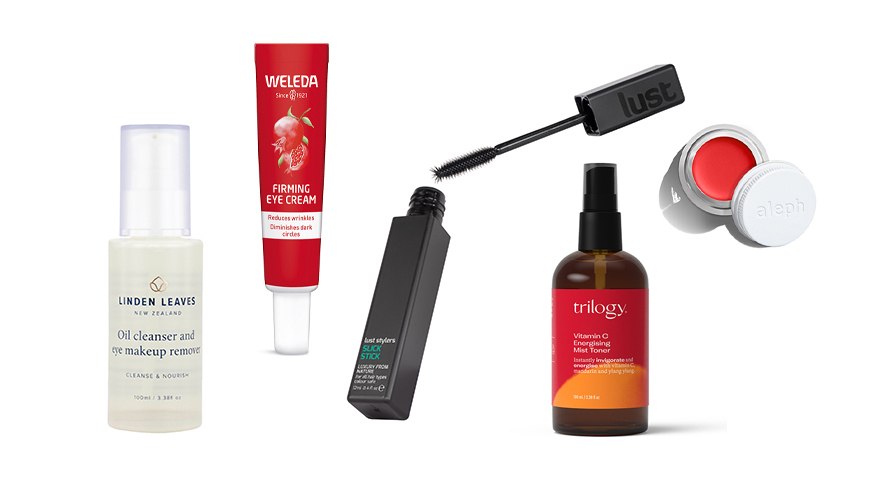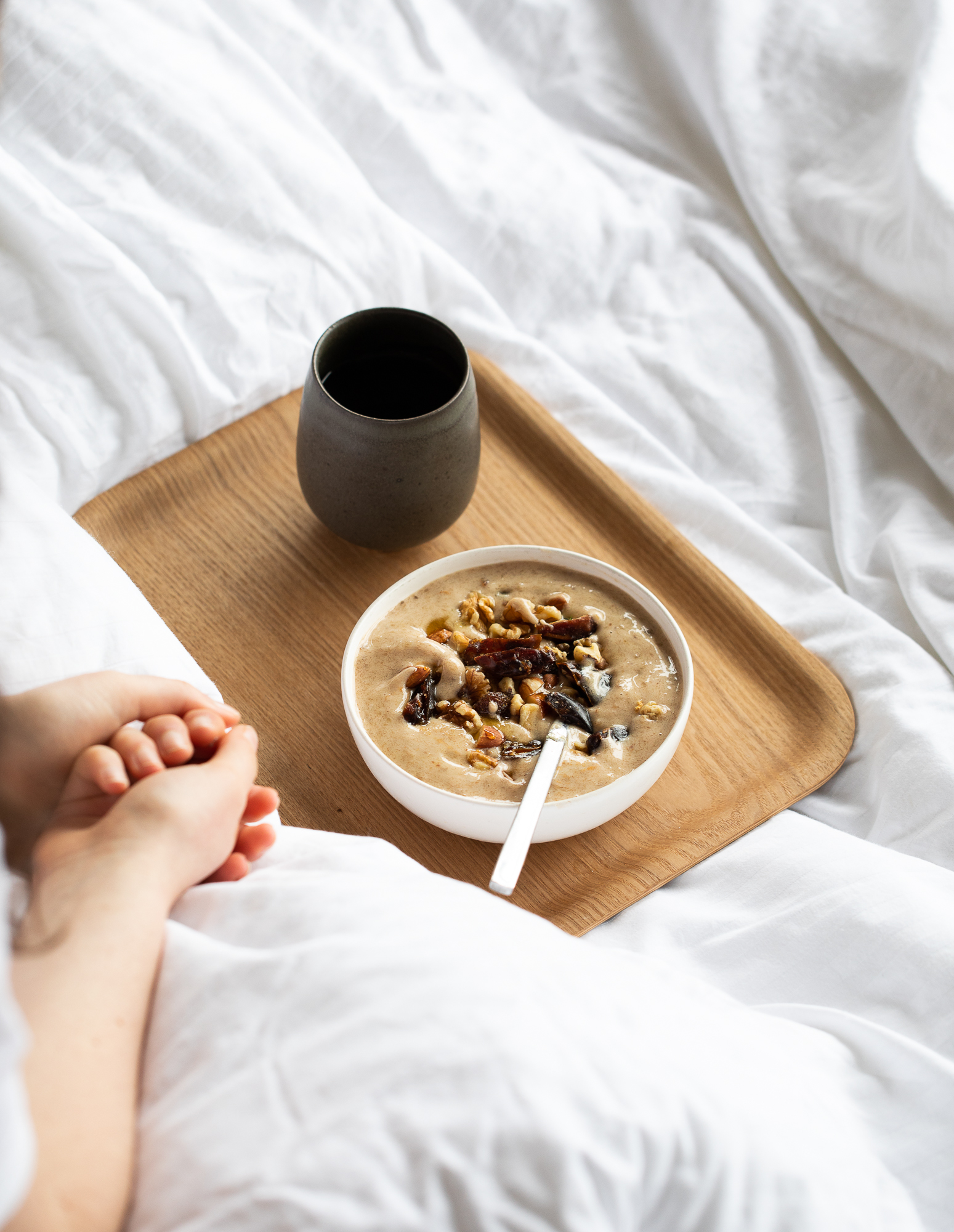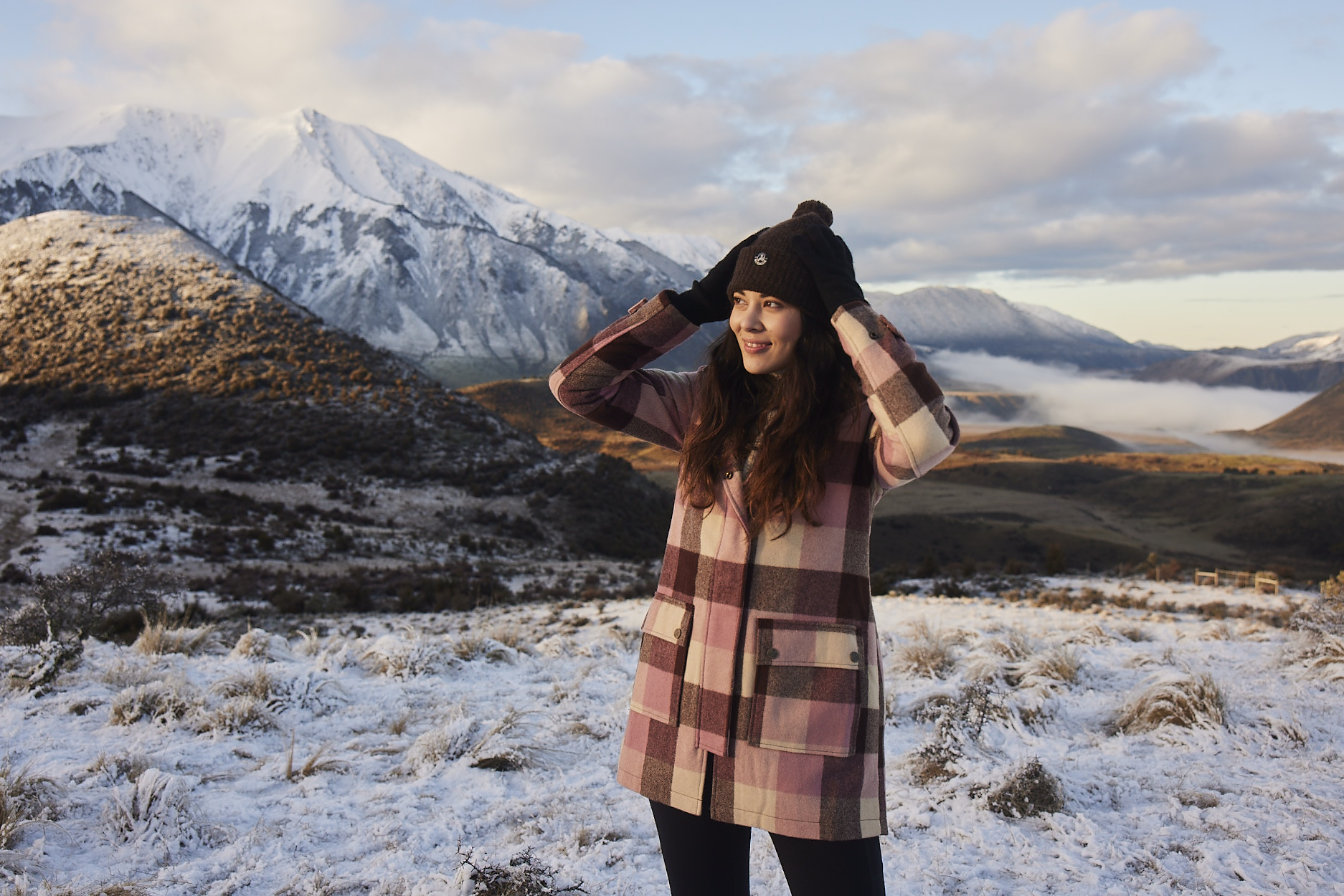For years, long-time Good reader, Inger Perkins, dreamed of building a small, healthy home – one that would be gentle on the environment and a joy to live in. Inger had been a ‘Sustainable Champion’ for her area while working at the Department of Conservation, and later Chair of the ‘Green Team’ in Hokitika, a local group aiming to encourage more sustainable behaviours in Hokitika and Westland.
But as costs soared, she had to rethink her approach. What she found was more than just a home; it was a new way of building, living and breathing.
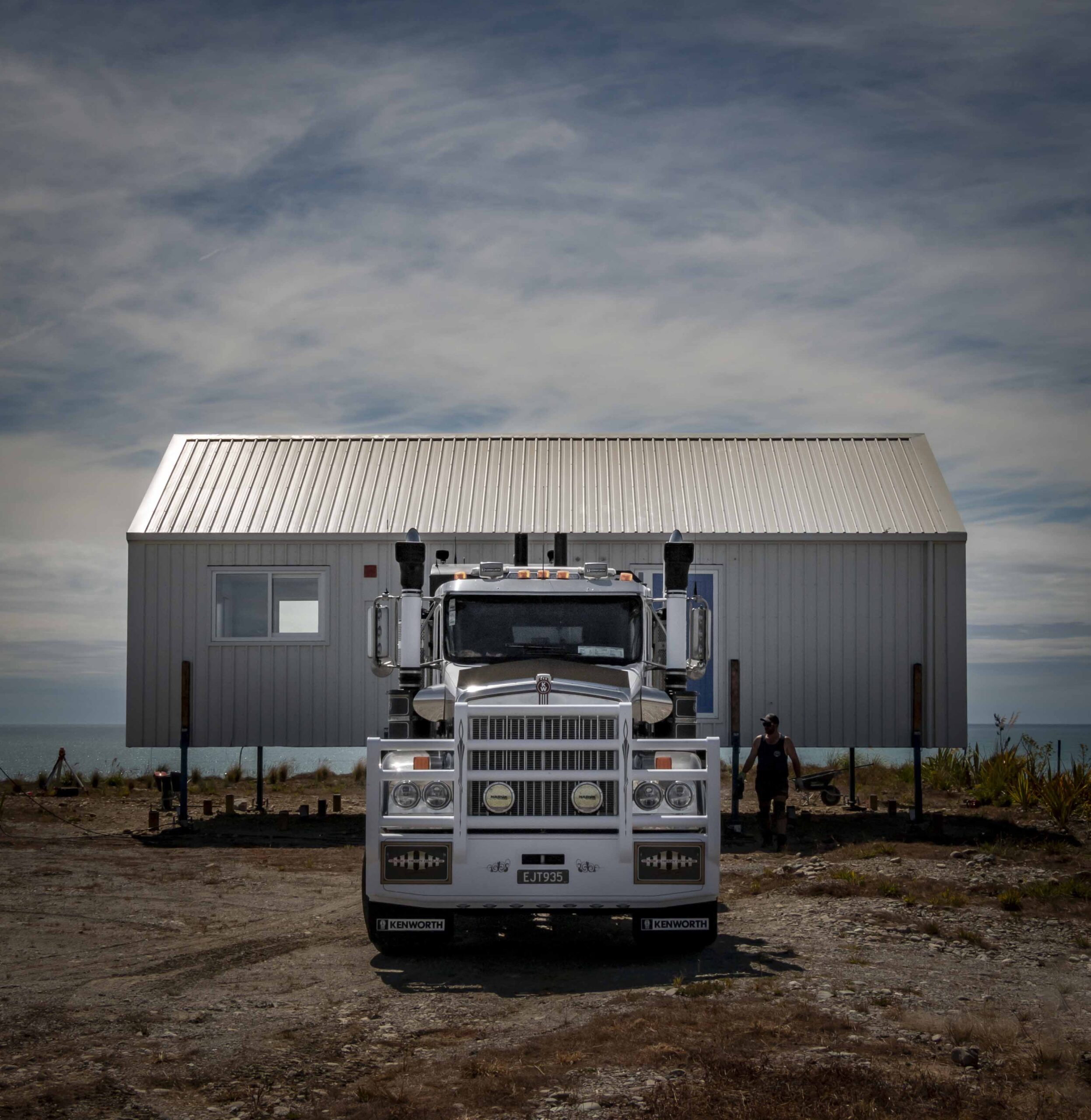
Thanks to Whio Homes, a young couple pioneering healthier, transportable homes in partnership with Health Based Building, Inger’s dream is coming to life. Built under cover in Rolleston, Christchurch, her 73m² home recently made its journey over the stunning Lewis Pass to its final destination in Hokitika on the West Coast.
What makes this home special isn’t just its size or the way it’s built – it’s how it feels. Unlike conventional new builds, which often come with the overpowering scent of synthetic chemicals, this home has a ‘new home smell’ that is refreshingly different. It’s the scent of natural materials, free from toxins, designed to support both the environment and the people who live inside it.

“This isn’t just any ‘new home’ – it’s a home crafted with care, using quality, natural products that are easier on our precious environment,” Whio Homes shared in a recent post about Inger’s build.
What makes the specification so good is the Foreverbreathe Wall System. “This clever hygroscopic system of magnesium oxide board panels and clay-based paint enables moisture created within the home to be absorbed into the wool insulation that envelopes the home,” Inger says. “Through a completely natural exothermic reaction within the wool, this moisture is vapourised and in so doing releases energy in the form of heat there is no need for costly whole-home mechanical ventilation systems.”
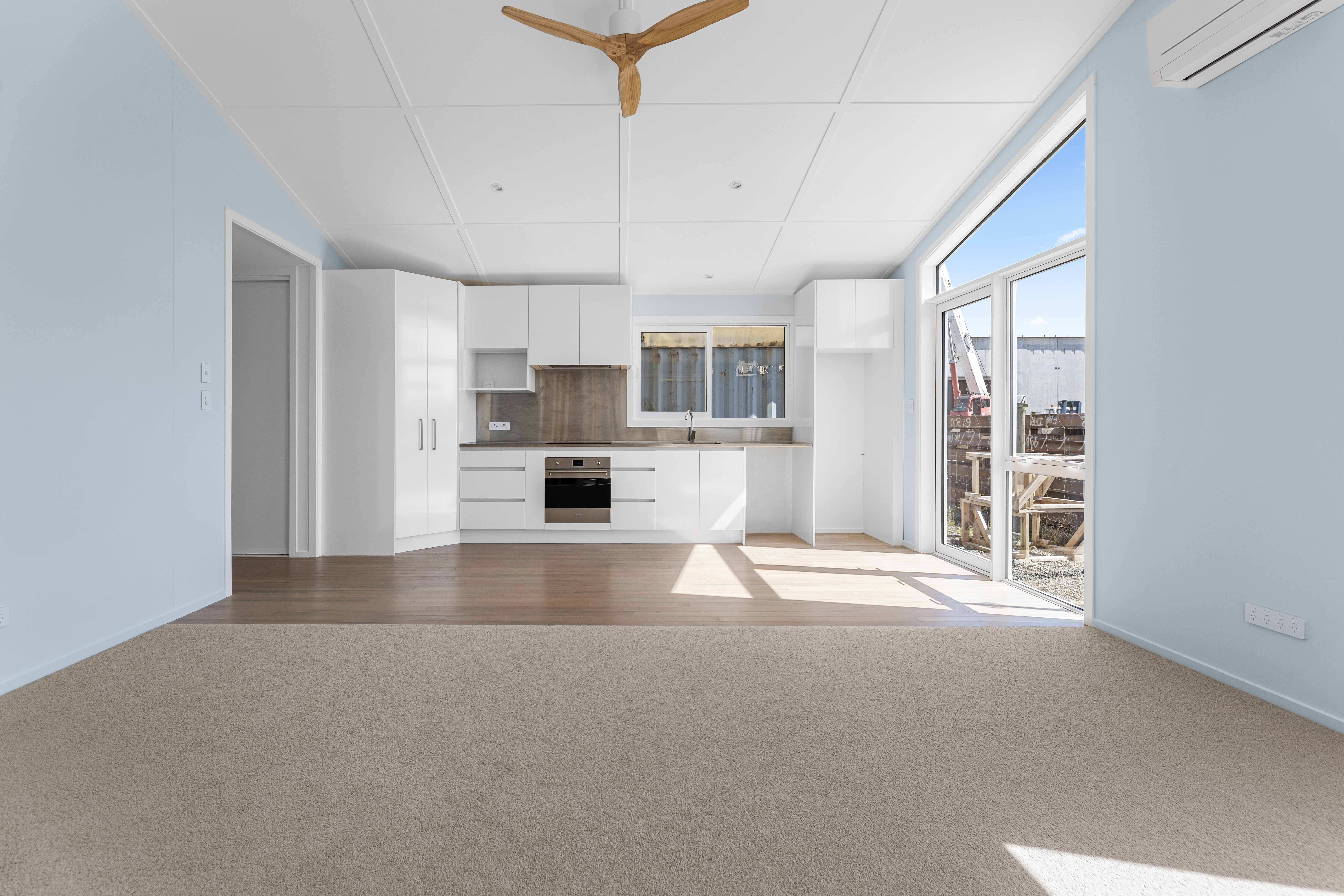
With sustainability at its heart, the home has been designed for efficiency. The roof, perfectly angled to the north, is ideal for Inger’s next big step – solar power. Its light colour not only enhances the performance of double-sided solar panels but also reflects solar radiation, keeping the home cooler in summer and reducing the need for air conditioning and therefore energy costs. “If light roofs were the norm, it would help offset global warming by reflecting more sunlight back into space,” Inger says. “In urban areas, light coloured roofs can minimise the ‘heat island effect’ that can make urban areas uncomfortably hot. An added bonus of lighter coloured roofs is a longer roof life as they won’t expand and contract as much as dark roofs.”
“Everyday products such as synthetic fibres and paint include the chemicals isocyanate and xylene,” Inger says. “US scientists have discovered that eczema can be triggered by airborne fumes containing those chemicals. Removing them from our environment would prevent a lot of new eczema cases, researcher Ian Myles told RNZ’s Saturday Morning recently.”
Inger believes healthy, transportable homes built in controlled environments, designed for better, energy efficient living, are the future of homebuilding in New Zealand.


